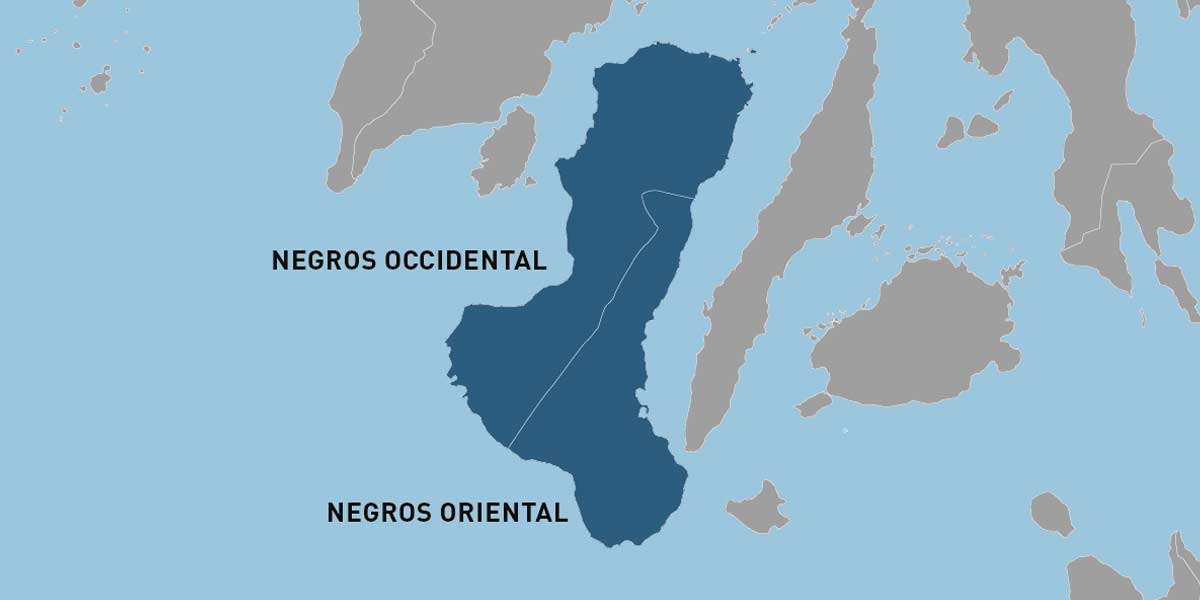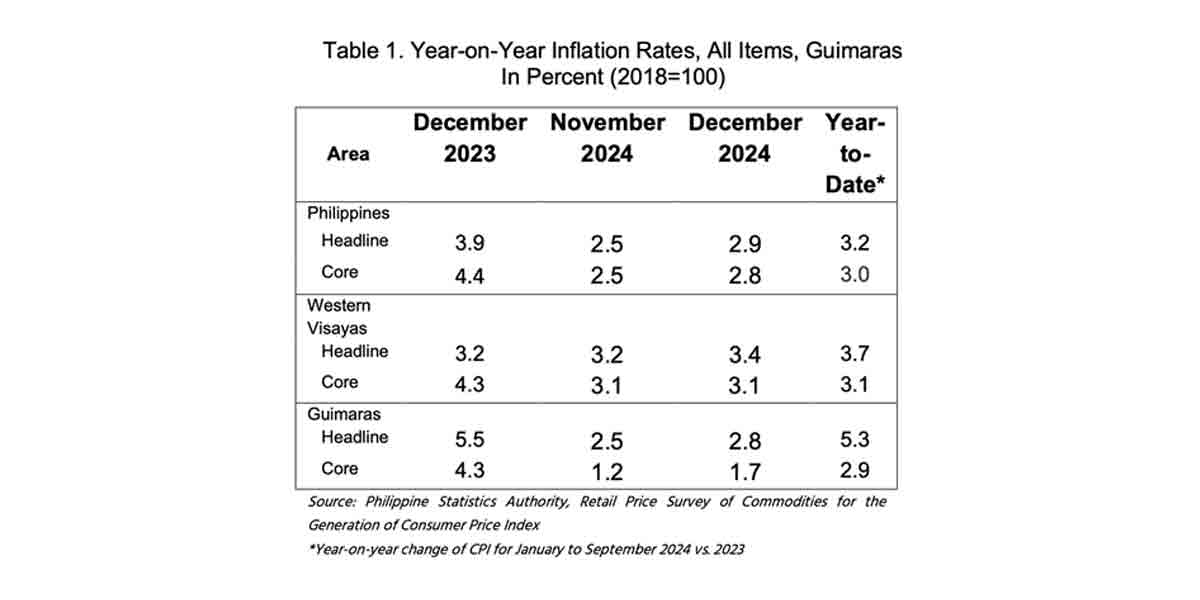The country’s overall balance of payments (BOP) position posted a deficit of US$415 million in April 2022, a reversal from the US$2.61 billion BOP surplus recorded in the same month last year.
The BOP deficit in April 2022 reflected outflows mainly from the National Government’s (NG) foreign currency withdrawals from its deposits with the BSP as the NG settled its foreign currency debt obligations and paid for various expenditures.
Notwithstanding the deficit in April, the cumulative BOP position registered a surplus of US$79 million in the first four months of the year. This level is a reversal from the US$231 million deficit recorded in the same period a year ago. Based on preliminary data, the cumulative BOP surplus reflected inflows that stemmed mainly from personal remittances, net foreign borrowings by the NG, and foreign direct investments.
The gross international reserves (GIR) level declined to US$105.4 billion as of end-April 2022 from US$107.31 billion as of end-March 2022. Nonetheless, the latest GIR level represents a more than adequate external liquidity buffer equivalent to 9.3 months’ worth of imports of goods and payments of services and primary income.[1]
Moreover, it is also about 6.7 times the country’s short-term external debt based on original maturity and 4.5 times based on residual maturity.[2]
[1] Specifically, it ensures availability of foreign exchange to meet balance of payments financing needs, such as for payment of imports and debt service, in extreme conditions when there are no export earnings or foreign loans.
[2] Short-term debt based on residual maturity refers to outstanding external debt with original maturity of one year or less, plus principal payments on medium- and long-term loans of the public and private sectors falling due within the next 12 months.




















